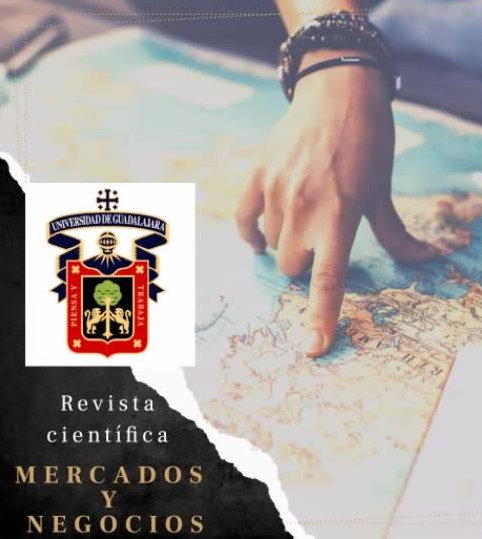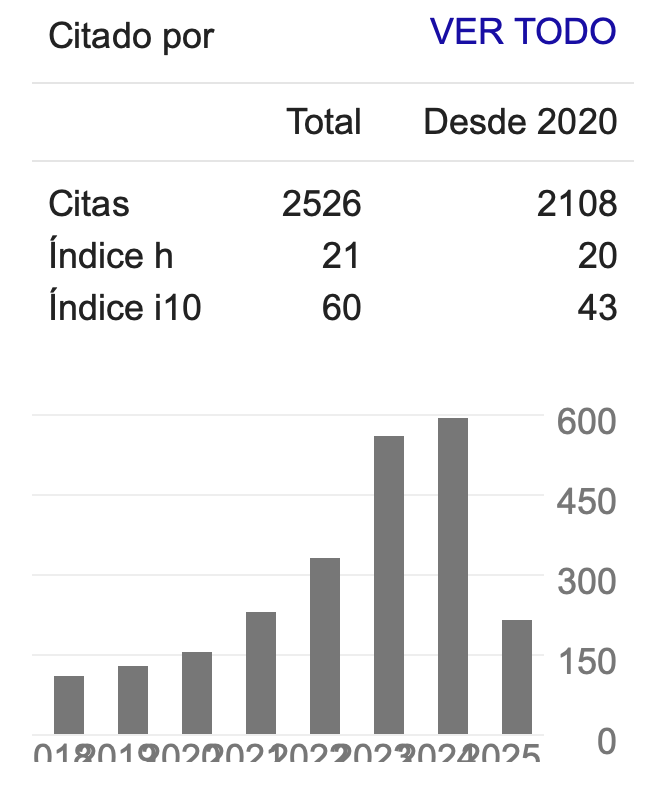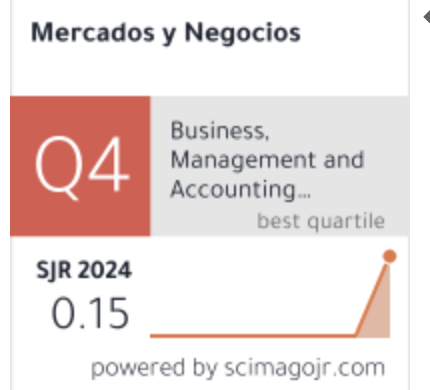Support Networks among micro entrepreneurial women: comparison between Bangladesh, India and the Southern Mexico
DOI:
https://doi.org/10.32870/myn.v0i31.4295Keywords:
social networks, female, micro, micro-credit, gender discrimination.Abstract
Microcredit has been seen as a way of helping low-income people, primarily women, to survive, by giving them independence and the resources to create their own businesses. Low-income people have the support of social networks that allow their members to assist each other morally, economically and by sharing information. They also share experiences that make it easier to obtain the income needed for survival. Through their social networks and social capital the poor can use the tools provided by microcredits to improve their living conditions. This document compares the ways in which women in three countries associate, and use microcredits. The countries involved are India, Bangladesh and the South of Mexico.References
Armendáriz, B., & Morduch, J. (2005). The economics of Microfinance. England: Massachusetts Institute of Technology London.
Bourdieu, P. (2008). Capital cultural, escuela y espacio social, 8ª edición. México: Siglo xxi Editores.
Burt, R. S. (1976). “Positions in Networks”, Social Forces, 55(1), 93-122. Recovered August 5th 2013 from https://research.flagler.edu:2048/login?url=http://search.ebscohost.com/login.aspx?direct=true&db=a9h&an=5281583&site=ehost-live&scope=site
Coleman, J. (1988). “Social capital in the creation of human capital”, The American Journal of Sociology, No. 94, pp. S95-S120. Recovered February 27th from: http://onemvweb.com/sources/sources/social_capital.pdf
Crowe, S. (2012). Micro-financing empowers women and changes lives in Togo. Recovered July 19th 2013 from http://www.unicef.org/infobycountry/togo_39257.html
Dempsey, S. (2006). “Globalizing women: Transnational feminist networks/playing with fire: Feminist thought and activism through seven lives in India”, Women’s studies quarterly, 34(1/2): 481-486. Recovered July 24th 2013 from https://research.flagler.edu:2048/login?url=http://search.ebscohost.com/login.aspx?direct=true&db=a9h&an=21305989&site=ehost-live&scope=site
Esquivel-Martínez, H., & Hernández-Ramos, U. (2007). “Crecimiento económico, información asimétrica en mercados financieros y microcréditos”, Economía, Sociedad y Territorio, vi(23): 773-805. Recovered July 22th 2013 from: http://www.redalyc.org/pdf/111/11102308.pdf
Granovetter, M. (1982). “The Strength of Weak Ties. A Network Theory Revisited”, in Marsden, P. V. & Lin, N. (Eds.), Social Structure and Network Analysis. Beverly Hills: Sage Publications, pp. 105-130.
Homer, M. (2010). “Enterprising Narratives and the global financialization of microleding”, Women & Languaje, 33(2). Recovered July 30th 2013 from: https://research.flagler.edu:2048/login?url=http://search.ebscohost.com/login.aspx?direct=true&db=a9h&an=57550258&site=ehost-live&scope=site
Kulkarni, V. (2011). “Women’s empowerment and microfinances: An Asian perspective study”, International Fund for Agricultural Development. Recovered July 23th 2013from: http://www.ifad.org/operations/projects/regions/pi/paper/13.pdf
Lee, Y., & David, R. (2010) bloomber.com. Recovered July 16th 2013 from: http://www.bloomberg.com/news/2010-12-28/suicides-among-borrowers-in-indiashow-how-men-made-a-mess-of-microcredit.html
Mansuri, B. B. (2010). “Microfinancing through self-help groups a case of study of Bank linkage programme of Nabard”, apjrbm, 1(3). Recovered July 24th 2013 from: http://www.skirec.com/images/download/apjrbm/apjrbm-dec-10/11.pdf
Microcredit summit campaing 2012. (December, 31 2011) Recovered July 31st 2013 from http://stateofthecampaign.org/data/2011-data/
Minh-Phuong, T., & Wahhaaj, Z. (2009). “Microfinance and gender empowerment”, Social of oriental and African studies. Recovered July 31th 2013 from: http://eprints.soas.ac.uk/8175/1/gender_and_microfinance_paper_dec_2009f.pdf
Regmi, S. (2010). “Women’s micro-business creation for women’s empowerment or family’s welfare? Case of Nepal rural women”, Estudios de Género, No. 14, pp. 99-111. Recovered July 26th 2013 from http://www.igs.ocha.ac.jp/igs/IGS_publication/journal/14/99-111.pdf
Safavian, M., & Haq, A. (2013). Are Pakistan’s women entrepreneurs being served by the microfinance sector? usa: World Bank. Recovered July 19th 2013 from: http://www.worldbank.org/en/news/feature/2012/10/17/are-pakistans-women-entrepreneurs-being-served-by-the-microfinance-sector
Sanyal, P. (2009). “From credit to collective action: The role of microfinance in promoting women’s social capital and normative influence”, American Sociological Review, 74(4): 529-550. Recovered July 25th 2013 from: https://research.flagler.edu:2048/login?url=http://search.ebscohost.com/login.aspx?direct=true&db=a9h&an=43540283&site=ehost-live&scope=site
Strier, R. (2009). “Women’s experiences of micro-enterprise: Contexts and meanings”, Sex Roles, 61(4/8): 566-579. Recovered July 24th 2013 from: https://research.flagler.edu:2048/login?url=http://search.ebscohost.com/login.aspx?direct=true&db=a9h&an=44313006&site=ehost-live&scope=site
Tarmidi, L. (2004). “Micro and small enterprises (mses) in apec Economies”, Aportes, revista mexicana de estudios sobre la Cuenca del Pacífico, 4(8): 95-110. Recovered July 30th 2013 from: http://www.apec.org/about-us/about-apec/fact-sheets/small-and-medium-enterprises.aspx
Published
How to Cite
Issue
Section
License
Mercados y Negocios by Department of Mercadotecnia y Negocios Internacionales. University of Guadalajara is licensed under a License Creative Commons Attribution-NonCommercial 4.0 International.
The author retains the copyright.








